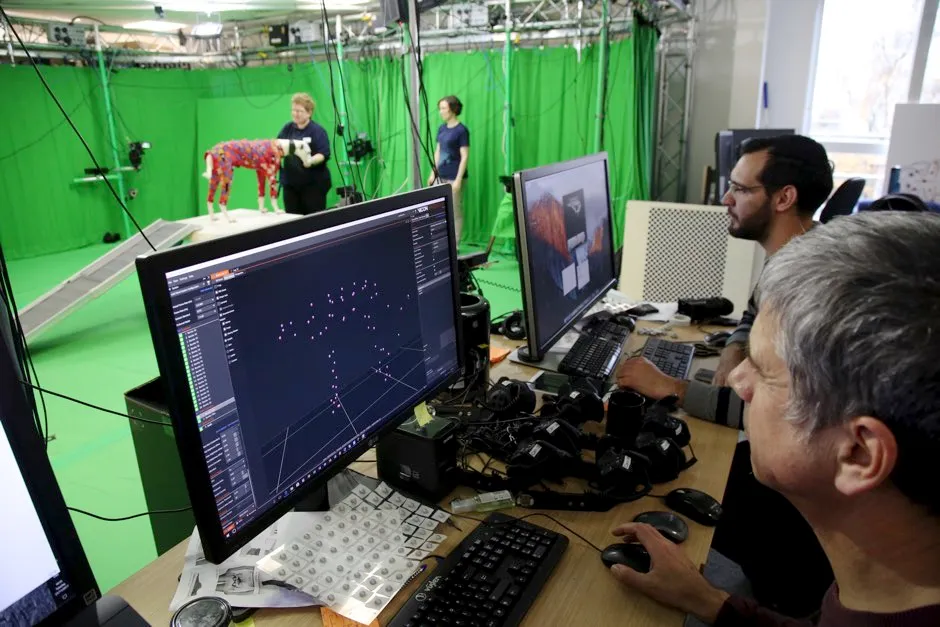Ultra-realistic animals have made their way into several remakes of classic films as of late, such as The Lion King, Jungle Book and The Lady and The Tramp. While the entertainment industry often relies on motion capture technology, using this technology with animals is time-consuming and costly, and limited – it’s not possible to put a motion-capture suit on a wild animal.
Computer scientists at the University of Bath have developed a new way to digitise dogs without having to don a motion-capture suit. By using a camera with a depth sensor, called an RGBD camera, to record the distance of the dog from the lens, the researchers were able to replicate the canine pose perfectly.
Read more about dogs:
- Flat-faced dogs twice as likely to suffer with 'potentially fatal' heatstroke
- Dogs go through a stroppy teenage phase too
- Don't over-indulge your dogs while you self-isolate, scientists warn
To develop the RGBD camera technology, the CAMERA motion capture research centre at the University of Bath opened its doors to dogs from the localBath Cats’ and Dogs’ Home. There were 14 different breeds photographed of varying sizes, including lurchers, inuits and pugs. Following their success with dogs, the team have also used the model to create other four-legged animals digitally, such as horses, cats, lions and gorillas.
“This technology allows us to study the movement of animals, which is useful for applications such as detecting lameness in a dog and measuring its recovery over time,” said Sinéad Kearney, PhD researcher and one of the study’s authors.
“For the entertainment industry, our research can help produce more authentic movement of virtual animals in films and video games.”

“From a scientific point of view, there's a lot of things we can learn from animals.” Google is creating dog-like robots, using motion capture from dogs to help train the robots to move across terrain, said Kearney.
“There are a lot of possible directions you could go with this research… Dog owners could also use it to make a 3D digital representation of their pet on their computer, which is a lot of fun!”
Why do dogs chase their tails?
Sometimes it’s a side effect of hunting behaviour in an animal too dim to work out that the tail always escapes. But tail chasing can become obsessional.
Bored dogs that don’t get enough exercise may use it to get their owner’s attention – even angry attention can be rewarding. Others, especially terriers, may have inherited it.
There are many dogs taking antidepressants to control their compulsive tail chasing.
Read more:

